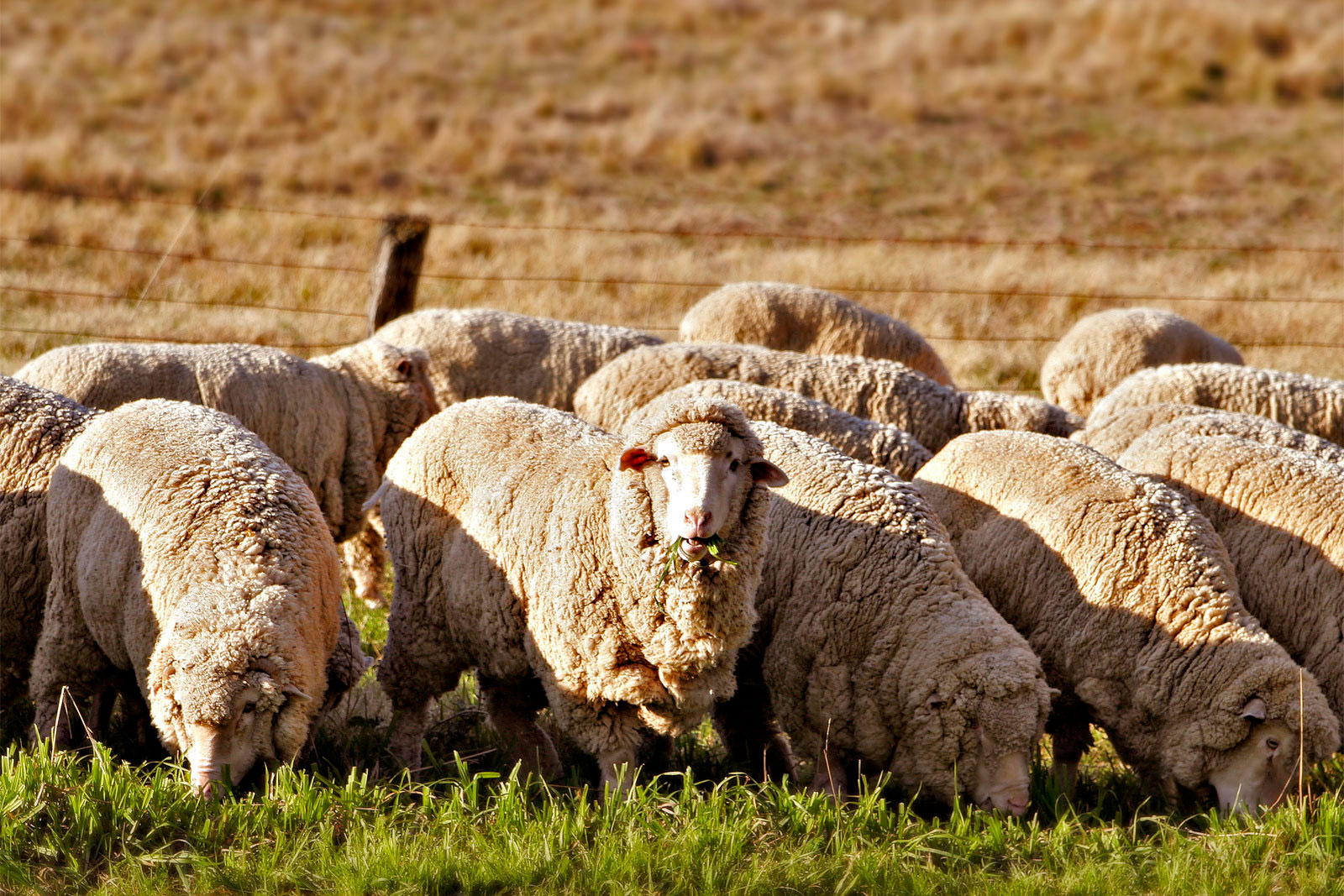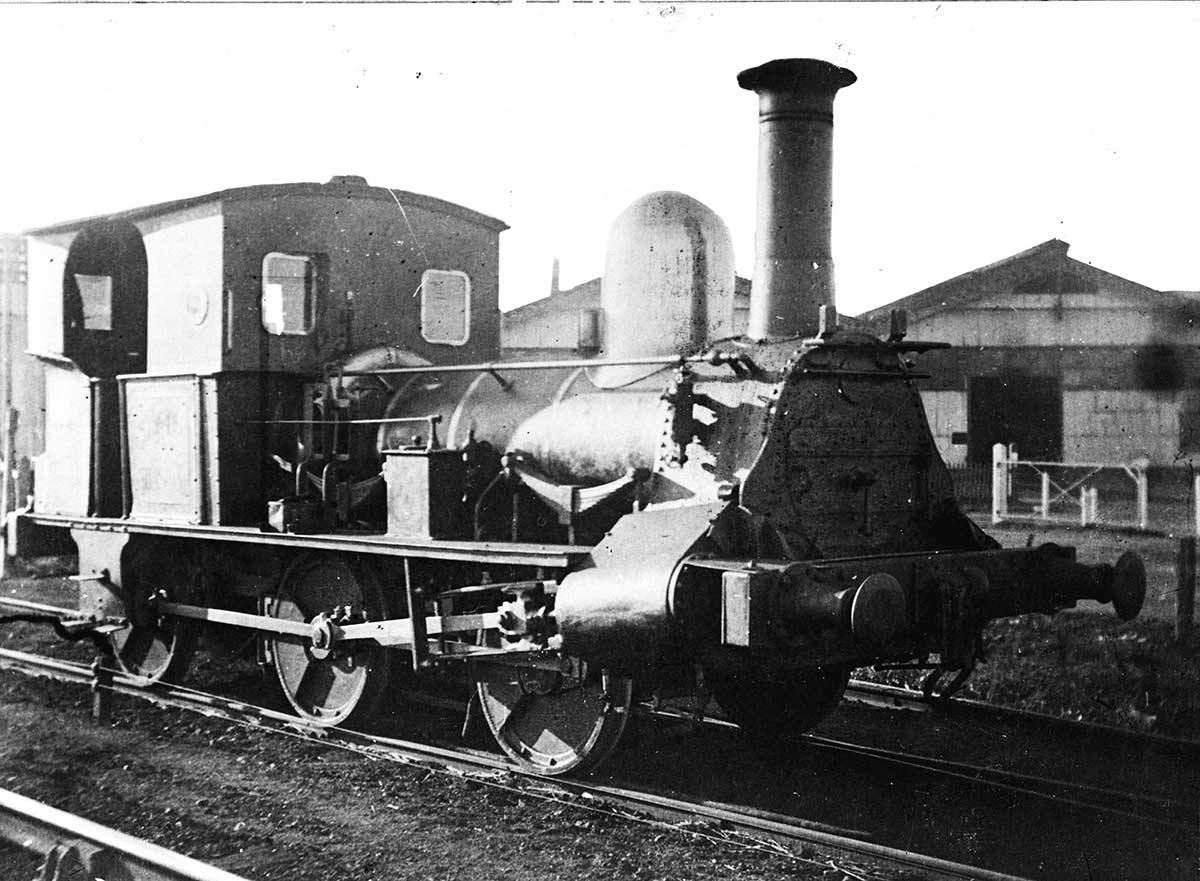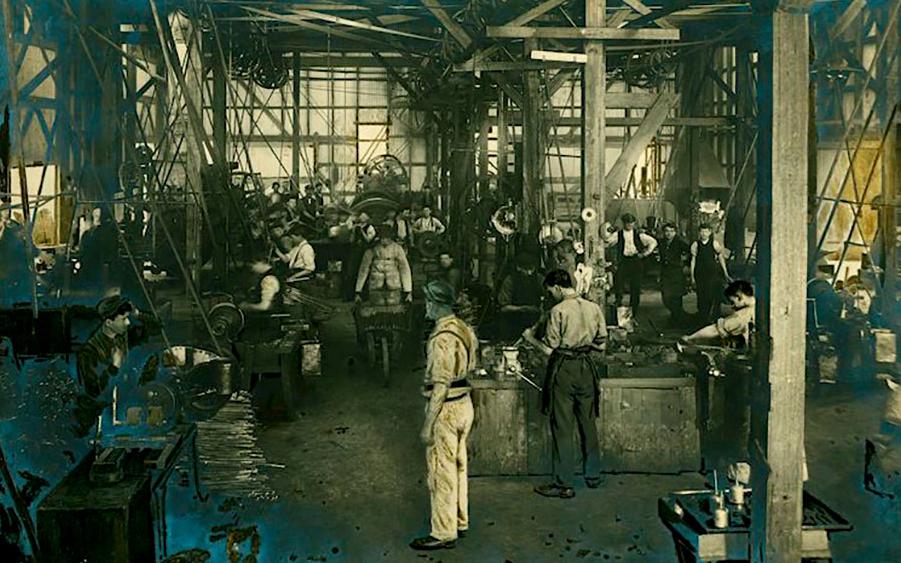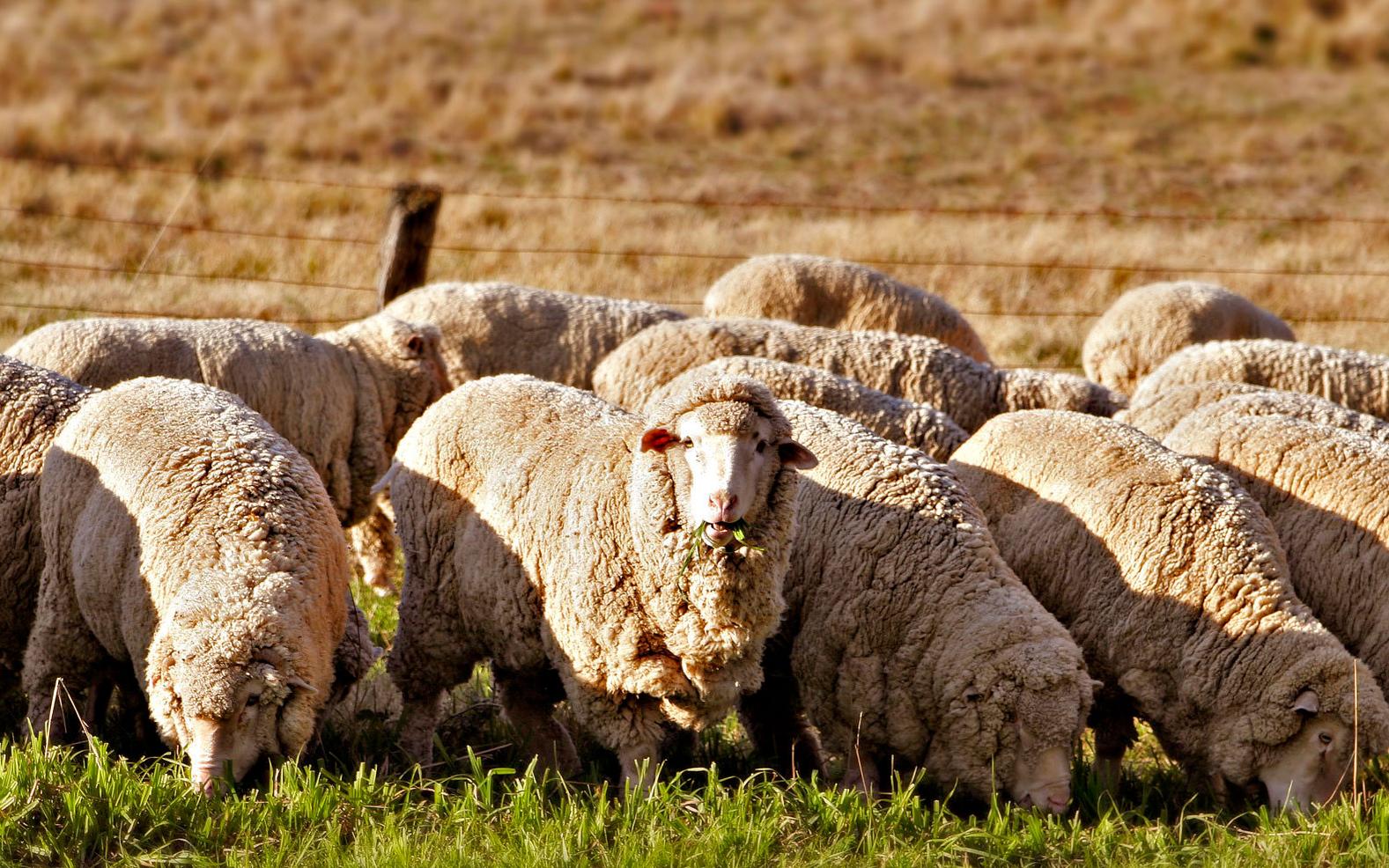Learning module:
Industrial Revolution Defining Moments, 1750–1914
Investigation 1: Introducing the Industrial Revolution (1750–1914)
1.2 Australia and immigration
![<p>View near Woolwich in Kent shewing [sic] the employment of the convicts from the hulks’, about 1800</p>](/sites/default/files/2023-04/Yr9_BI_IndustrialRevolution-1200w.jpg?v=1)
How can we see the impacts and influence of the Industrial Revolution on migration to Australia?
During the Industrial Revolution in Britain the population of cities increased greatly. This was due to several factors:
- natural population growth through births
- an increase in life expectancy
- the arrival of many English agricultural labourers who had lost their jobs when fields were consolidated and enclosed, which had made farms larger and more productive, with fewer workers
- the arrival of Scottish highlanders who had been forced off their farms
- the arrival of Irish farmers, suffering from starvation caused by disease among potato crops.
People came to the cities seeking work in the new factories that were becoming mass employers. Workers often had to live in poor and crowded areas in the cities, and some turned to crime to survive and feed their families.
Is there a connection between these features of the Industrial Revolution and Australia?
Look at the following two case studies to help you begin your investigation. You may then need to do further research to add to your ideas.
| Case Study A: Convict transportation | Case Study B: Free immigration |
Case Study A: Convict transportation
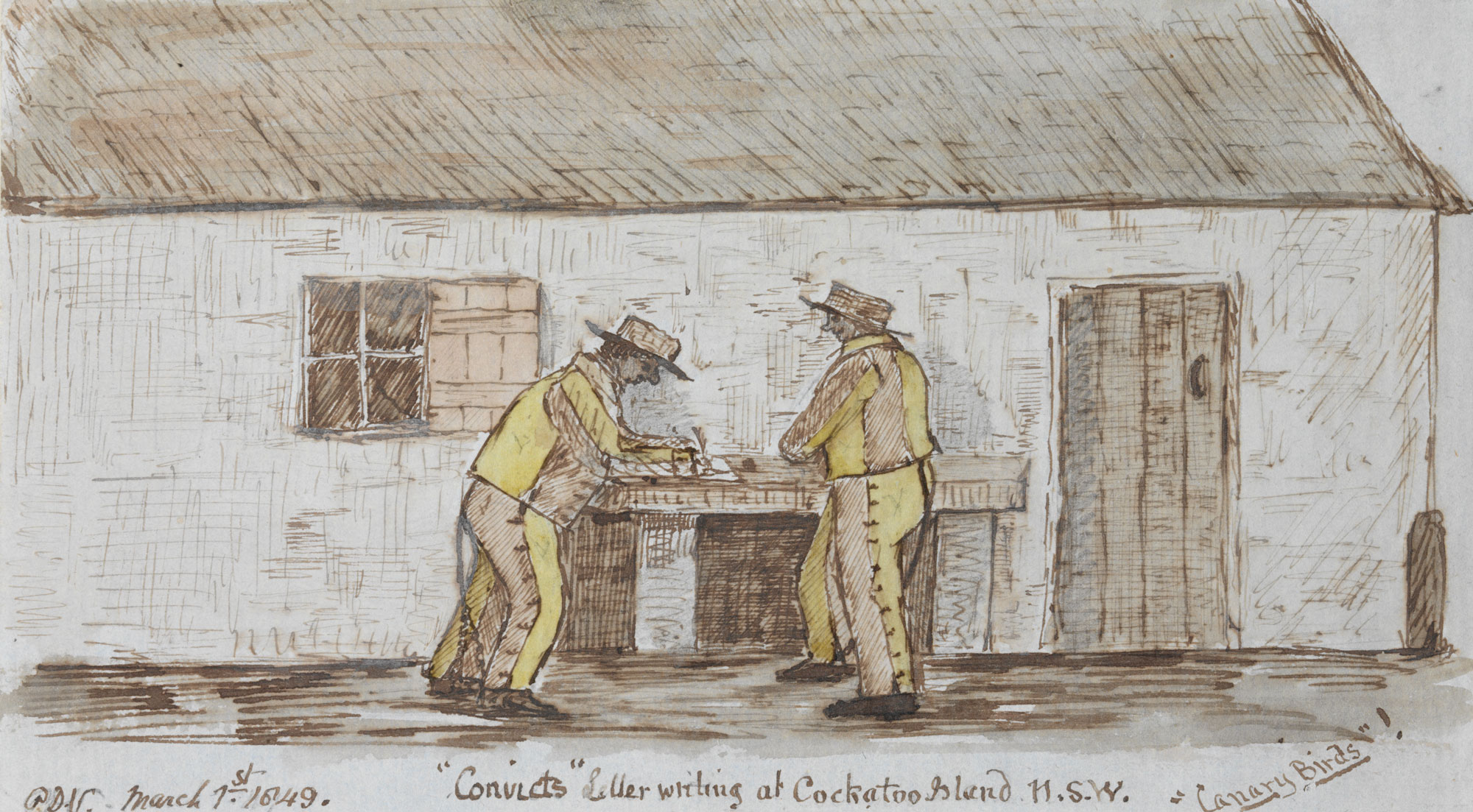
1. During what period were convicts sent to Australia?
2. About how many people in total were transported?
3. Where were most sentenced?
4. For what crimes were most sentenced?
5. A number were political prisoners. Drag the correct term against its explanation:
6. What happened to most convicts in Australia? Choose the most accurate general outcome.
7. What link does convict transportation have to the Industrial Revolution?
Case study B: Free immigration

There were also free settlers who arrived during the first century of European colonisation in Australia. Look at these statistics and answer the questions:
|
Year |
Convict |
Free |
Total |
|
|---|---|---|---|---|
|
Unassisted |
Assisted |
|||
|
1788–1800 |
6650 |
1100 |
- |
7750 |
|
1801–1810 |
4590 |
1400 |
- |
5990 |
|
1811–1820 |
17,170 |
2000 |
- |
19,170 |
|
1821–1830 |
32,390 |
11,200 |
- |
43,590 |
|
1831–1840 |
50,690 |
23,108 |
43,292 |
117,090 |
|
1841–1850 |
33,325 |
38,253 |
70,697 |
142,275 |
|
1851–1860 |
11,460 |
371,604 |
230,596 |
613,660 |
8. Were most people who came to Australia in the period 1788–1860 convict or free?
9. Of the free settlers, were most assisted (some or all of their travel was paid for by the colony) or unassisted (the migrants had to pay for their own travel)?
10. What would we need to know about the people who came to Australia to decide whether their emigration was caused by the Industrial Revolution in Britain? List possible information.
11. From these case studies, did the Industrial Revolution have an influence on migration to Australia? If so, was it a major or minor influence? Explain your views.







